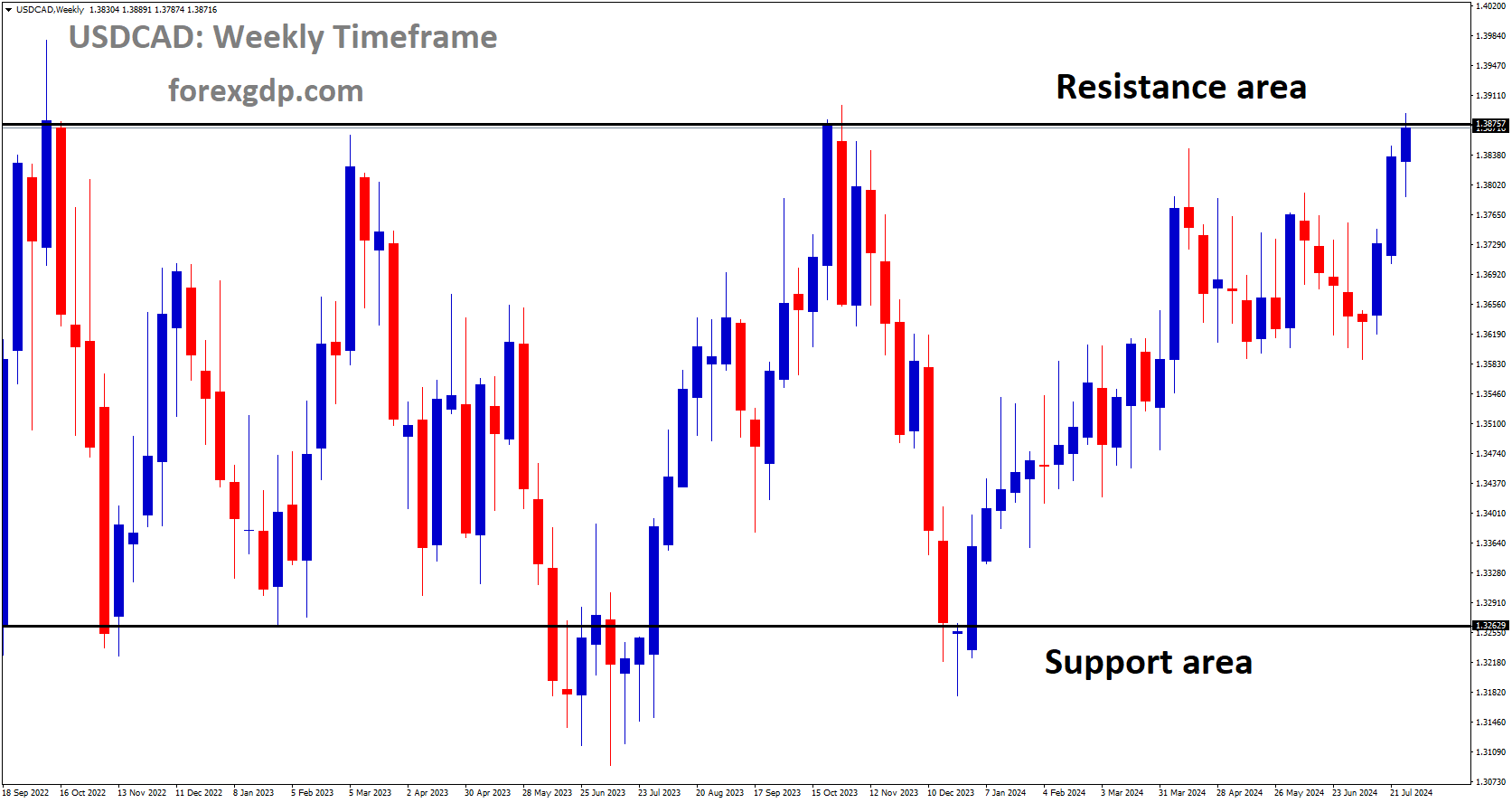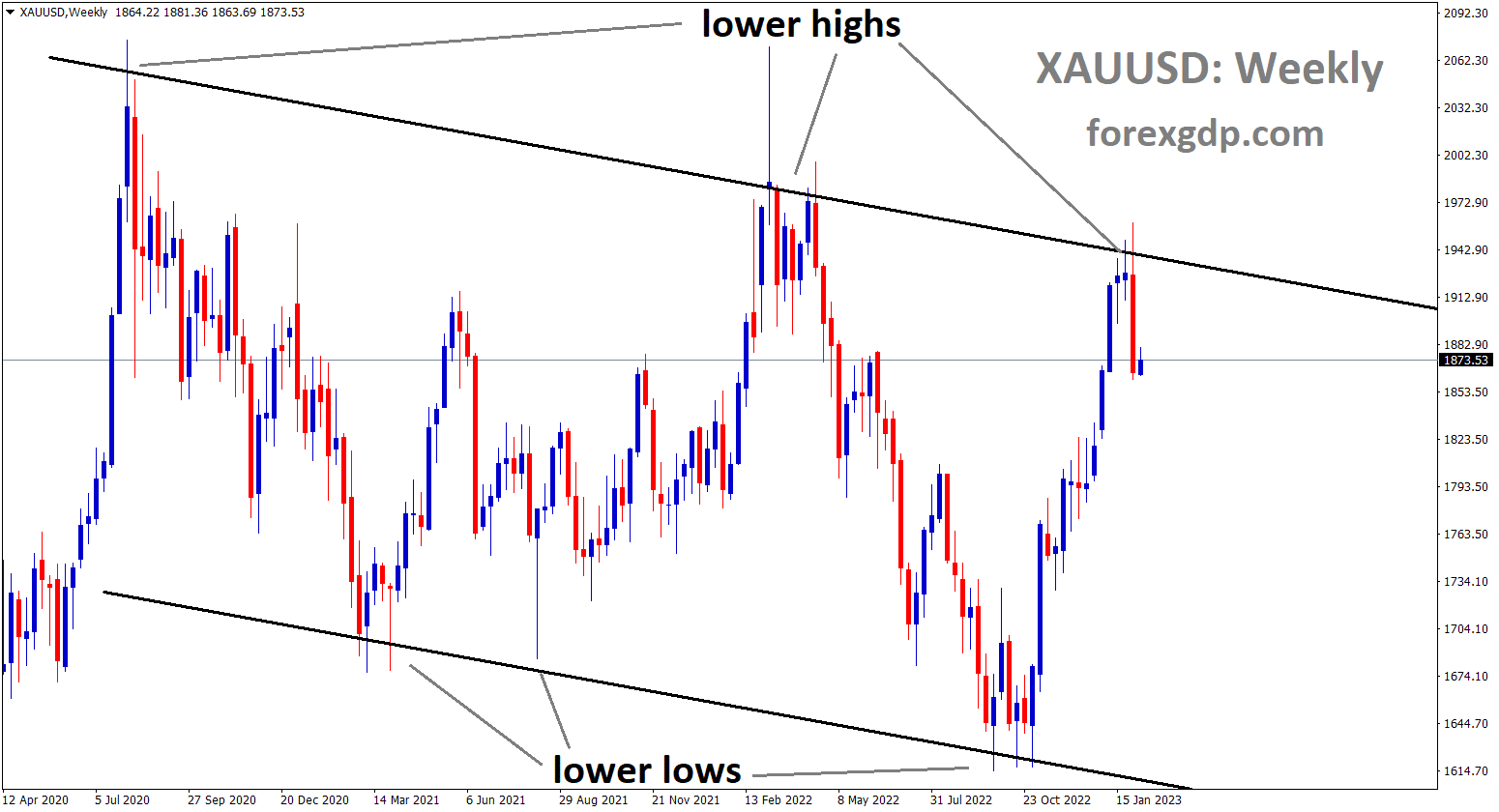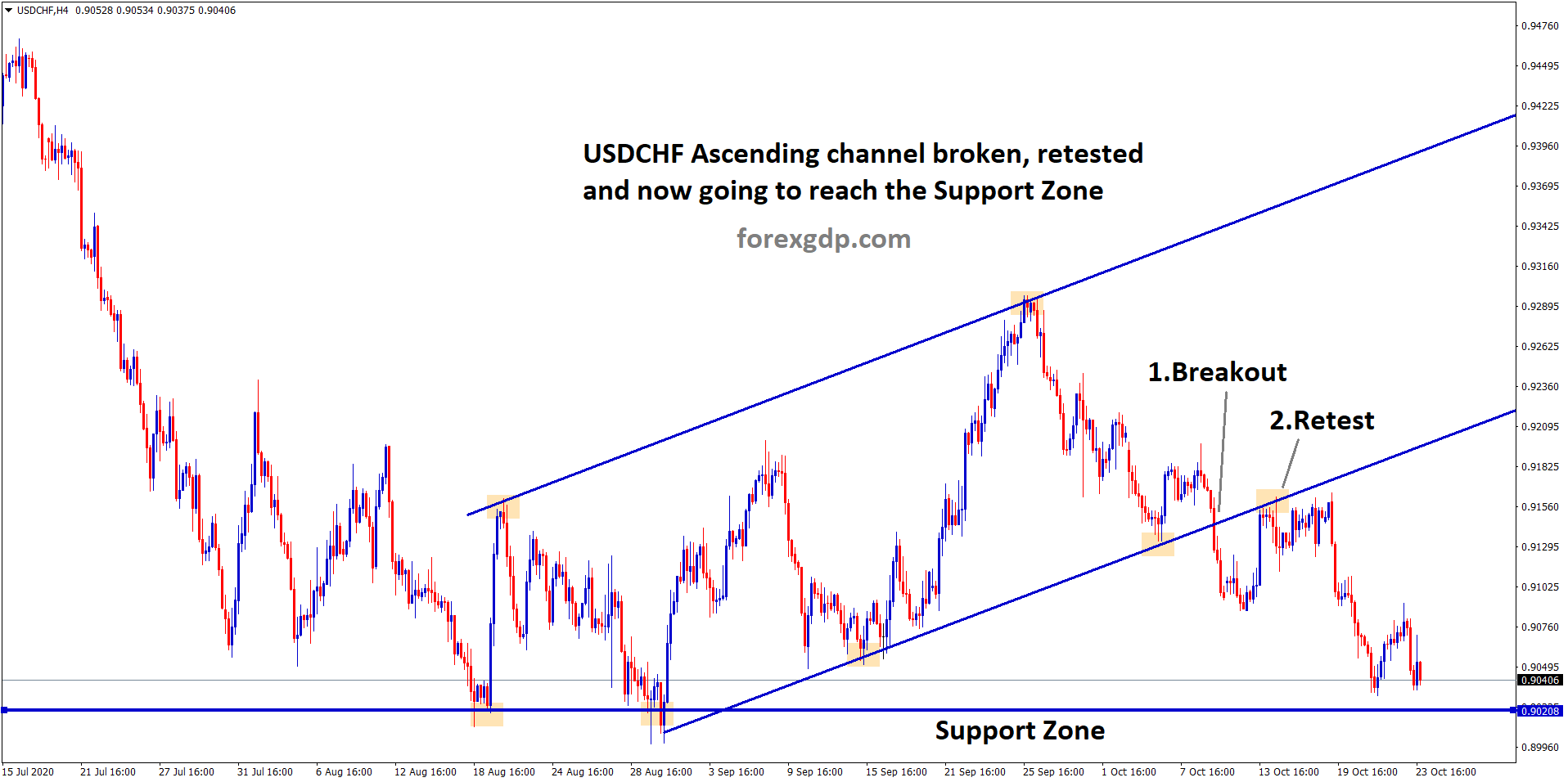GBPUSD is rebounding from the retest area of the broken Symmetrical Triangle
The Pound Sterling Stumbles as UK Inflation Falls Short of Expectations
The Pound Sterling (GBP) has seen better days, and today isn’t one of them. As inflation in the UK came in softer than expected, the currency took a hit, sparking concerns among investors and traders alike. With the Bank of England (BoE) potentially eyeing further interest rate cuts, the Pound’s performance against major currencies has been less than stellar. Let’s dive into what’s happening and what it might mean for the near future.
UK Inflation Data: A Mixed Bag for the Pound
It’s no secret that inflation plays a crucial role in the economic health of any country, and the UK is no exception. Recently, the UK Office for National Statistics (ONS) released the latest Consumer Price Index (CPI) report for July, and the results were a bit underwhelming. The annual headline CPI rose by 2.2%, which is slightly below the anticipated 2.3%. Although this is still above the BoE’s target of 2%, the slower-than-expected rise has raised eyebrows.
Why is this important? Well, when inflation falls short of expectations, it usually means that the central bank might consider loosening monetary policy, which often involves lowering interest rates. Lower interest rates can make a currency less attractive to investors, leading to a decline in its value. This is precisely what happened to the Pound Sterling, as investors started speculating about possible rate cuts by the BoE in the near future.
The core CPI, which strips out more volatile items like food and energy, also didn’t do the Pound any favors. It decelerated faster than expected, coming in at 3.3% compared to the previous 3.4%. This decline was mainly due to slower growth in service sector inflation, which has been a significant driver of price pressures in the UK. As service sector inflation slowed to 5.2% from 5.7%, it signaled that price pressures might be easing, further dampening the outlook for the Pound.
The Impact of Wage Growth on Inflation and the Pound
Wage growth has been a hot topic in the UK, and it plays a crucial role in driving inflation, especially in the service sector. When wages rise, people have more money to spend, which can lead to higher demand for goods and services, pushing prices up. However, the latest data shows that wage growth in the UK has also slowed down, which could be a double-edged sword for the economy.
On one hand, slower wage growth could help ease inflationary pressures, which might be a relief for BoE policymakers who have been concerned about the persistent rise in prices. On the other hand, if wage growth slows too much, it could hurt consumer spending, leading to a slowdown in economic growth. This delicate balance is something the BoE will need to carefully consider as it weighs its options for future monetary policy.
GBPUSD is moving in Ascending channel and market has rebounded from the higher low area of the channel
In the three months ending in June, Average Earnings Excluding Bonuses rose by 5.4%, down from 5.7% in the previous quarter. While this might seem like a small decline, it’s significant because wage growth had been one of the key factors driving inflation in the UK. With this slowdown, the pressure on the BoE to continue raising interest rates might ease, giving them more room to consider potential cuts.
Looking Ahead: The US Dollar’s Influence on the Pound
While the focus has been on the UK, it’s essential to consider what’s happening across the pond in the United States. The US Dollar (USD) also plays a significant role in the GBP/USD exchange rate, and recent developments in the US could influence the Pound’s trajectory.
Investors are eagerly awaiting the release of the US Consumer Price Index (CPI) data for July. This data will give a clearer picture of the inflation situation in the US and could influence the Federal Reserve’s (Fed) decisions on interest rates. If the US CPI comes in lower than expected, it could lead to speculation about potential rate cuts by the Fed, which might weaken the US Dollar.
A weaker US Dollar could provide some relief for the Pound, helping it recover some of its recent losses. However, if the US inflation data surprises on the upside, it could strengthen the Dollar, putting further pressure on the Pound.
It’s also worth noting that the US Producer Price Index (PPI) report for July was softer than expected, leading to increased speculation about possible rate cuts by the Fed. The PPI measures the average change in selling prices received by domestic producers for their output, and a lower-than-expected reading can signal that inflationary pressures are easing. This has already led to a sharp sell-off in the US Dollar, but how long this trend will last remains to be seen.
The Road Ahead: What to Watch for in the Coming Days
So, what does all this mean for the Pound Sterling? In the short term, the currency might continue to face headwinds as investors digest the latest inflation data and speculate about possible rate cuts by the BoE. However, the situation is fluid, and things could change quickly depending on how the US inflation data pans out.
For now, it’s essential to keep an eye on the following key factors:
- UK Economic Data: Any new data on inflation, wage growth, or economic activity could influence the BoE’s decisions and, in turn, the Pound’s performance.
- US Inflation Data: As mentioned earlier, the US CPI data will be crucial in determining the near-term outlook for the US Dollar, which could impact the GBP/USD exchange rate.
- Central Bank Communications: Any statements or speeches from BoE or Fed officials could provide clues about their future policy direction. Keep an ear out for any hints about potential rate cuts or changes in monetary policy.
In summary, while the Pound Sterling is currently under pressure, the situation is far from settled. The coming days will likely bring more clarity as new data emerges and central banks provide more guidance on their future plans. For now, it’s a waiting game, but one that could have significant implications for the UK currency in the near future.
By staying informed and keeping an eye on the key factors mentioned above, you’ll be better prepared to navigate the twists and turns of the currency markets. Whether you’re a seasoned trader or just keeping an eye on the Pound’s performance, understanding the interplay between inflation, interest rates, and central bank policies will be crucial in the days ahead.
Don’t trade all the time, trade forex only at the confirmed trade setups
Get more confirmed trade signals at premium or supreme – Click here to get more signals , 2200%, 800% growth in Real Live USD trading account of our users – click here to see , or If you want to get FREE Trial signals, You can Join FREE Signals Now!








